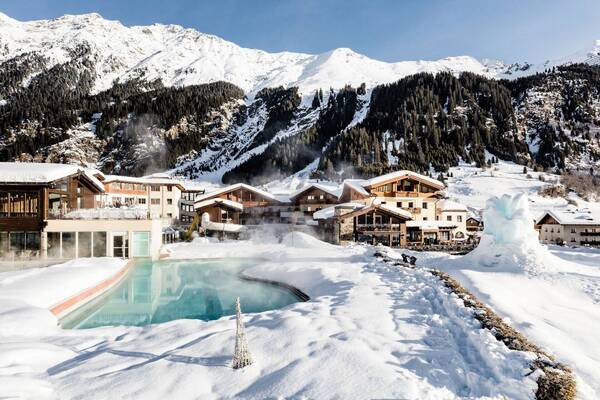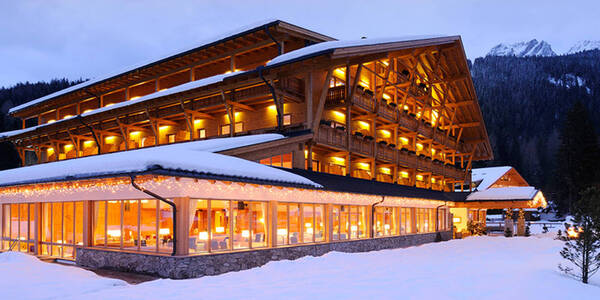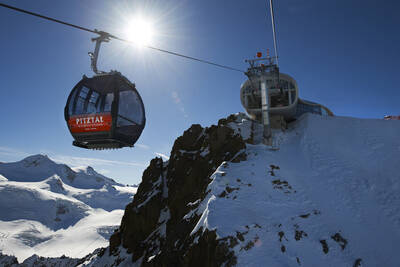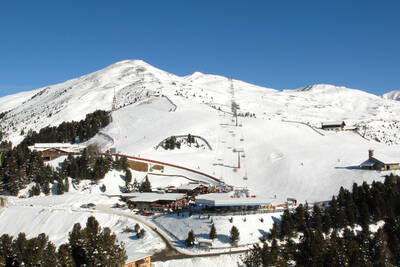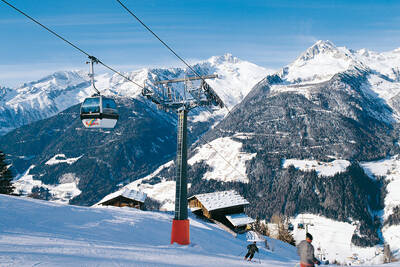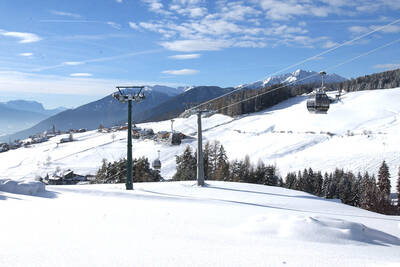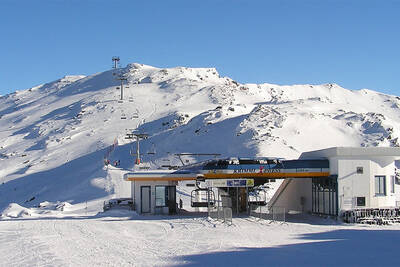- Physical fitness: Start a fitness program weeks or months in advance that improves strength, endurance, and flexibility. Exercises that strengthen the leg muscles, core, and balance are particularly helpful.
-
Equipment check: Make sure your ski equipment (skis, bindings, ski boots, poles) is in good condition. Have your bindings adjusted by a professional and check if the skis are waxed and the edges are sharpened.
-
Appropriate clothing: Wear several layers of weather-appropriate clothing. A thermal base layer, an insulating mid layer, and a waterproof but breathable outer layer are recommended. Don't forget gloves, a hat, and ski goggles.
-
Safety equipment: A helmet is essential. In addition, protectors such as back protectors may be useful depending on skill level and terrain.
-
Sun protection: Even on cloudy days, use high SPF sunscreen and sunglasses or ski goggles to protect against UV radiation.
-
Hydration and nutrition: Drink plenty of water and eat a balanced meal before skiing. Skiing burns a lot of calories, and good nutrition and hydration are important for energy and concentration.
-
Knowledge of slope rules and conditions: Familiarize yourself with local slope rules and check the weather and snow conditions. Be aware of your abilities and choose slopes that match your skill level.
-
Warm-up exercises: Do light warm-up exercises before skiing to stretch your muscles and prevent injuries.
-
Ski course or refresher: Especially for beginners or if you haven't been on skis for a long time, taking a ski course may be helpful.
-
Travel planning and accommodation: Make sure your travel plans and accommodations are well organized to avoid stress.
By following these steps, you can best prepare for a safe and enjoyable day of skiing.








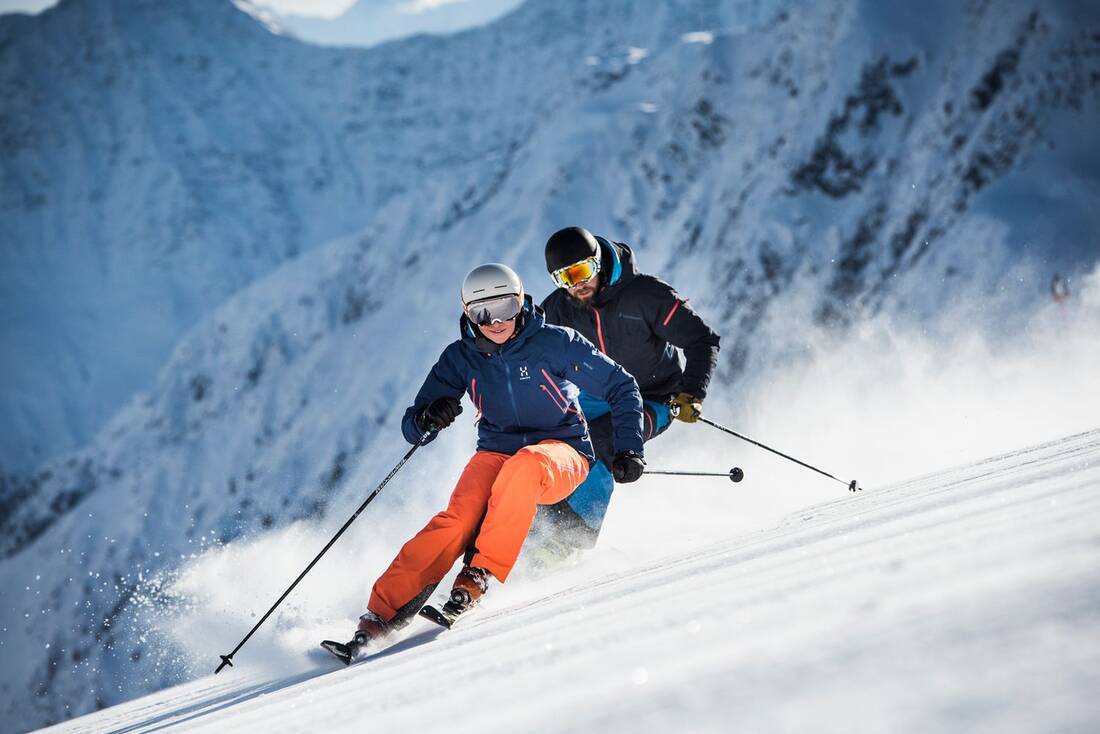

 How do you like the content of this page?
How do you like the content of this page?




 notice
notice